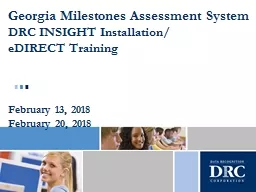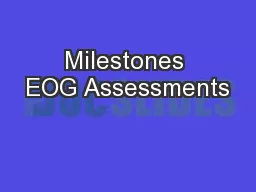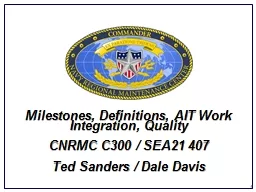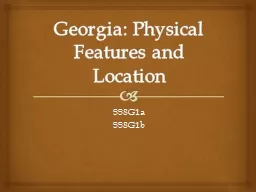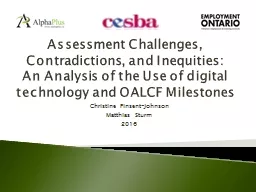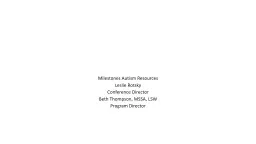PPT-Georgia Milestones Assessment System
Author : trish-goza | Published Date : 2018-11-02
DRC INSIGHT Installation eDIRECT Training February 13 2018 February 20 2018 1 Introductions GaDOE Sandy Greene EdD Director Assessment Joe Blessing Assessment Specialist
Presentation Embed Code
Download Presentation
Download Presentation The PPT/PDF document "Georgia Milestones Assessment System" is the property of its rightful owner. Permission is granted to download and print the materials on this website for personal, non-commercial use only, and to display it on your personal computer provided you do not modify the materials and that you retain all copyright notices contained in the materials. By downloading content from our website, you accept the terms of this agreement.
Georgia Milestones Assessment System: Transcript
Download Rules Of Document
"Georgia Milestones Assessment System"The content belongs to its owner. You may download and print it for personal use, without modification, and keep all copyright notices. By downloading, you agree to these terms.
Related Documents

